If you were a parent in the 1950s and ’60s, you’d do it very differently than you would in 2024, thanks to safety regulations and careful oversight, and back then, what we now consider risky or even dangerous was just part of growing up. Here’s a glimpse into some of the bygone parenting norms that are now firmly off the table.
Smoking Around the Whole Family
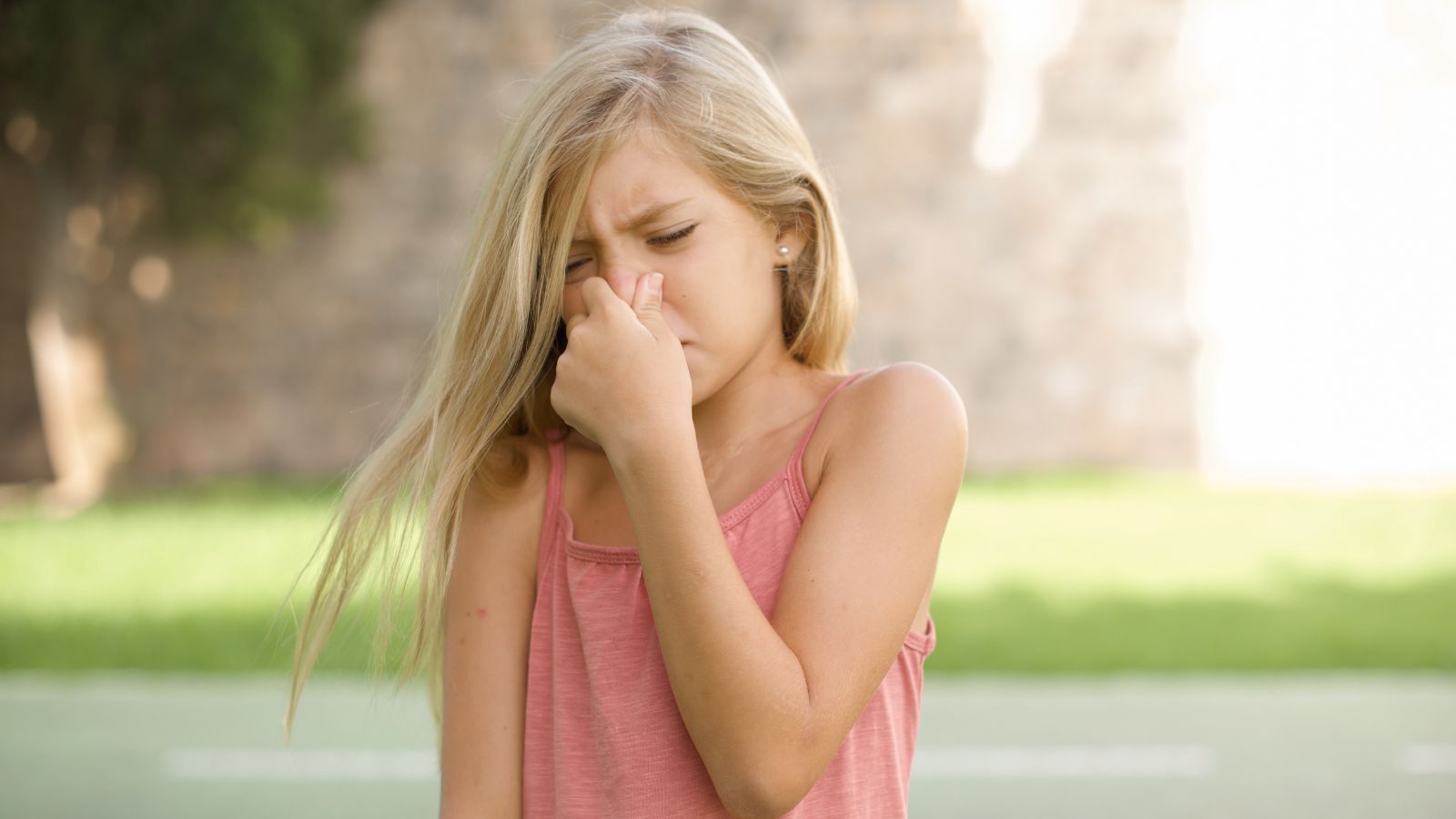
A family gathering with everyone chatting away, cigarettes in hand, filling the air with smoke while children ran in and out of the room wasn’t seen as strange or concerning—it was just what people did.
Smoking was such a normal part of life that parents didn’t think twice about having a cigarette in the car or even in the nursery.
Leaving Kids Alone in the Car

Can you imagine doing this today? Yet, in the ’50s and ’60s, it wasn’t unusual for parents to leave their children waiting in the car while they ran errands, and they assumed the worst thing that could happen was a bit of boredom. However, leaving a child unattended in a car now, even for a moment, can result in bystanders raising the alarm or authorities getting involved.
Giving Younger Family Members a “Clip Round the Ear”

Back then, a quick slap or a “clip round the ear” was seen as an effective and acceptable way to discipline a child, with parents, teachers, and neighbors doling out physical punishment when a child stepped out of line. The thinking was that it taught to respect and good behavior, yet views have shifted dramatically.
Not Wearing Seatbelts in Cars
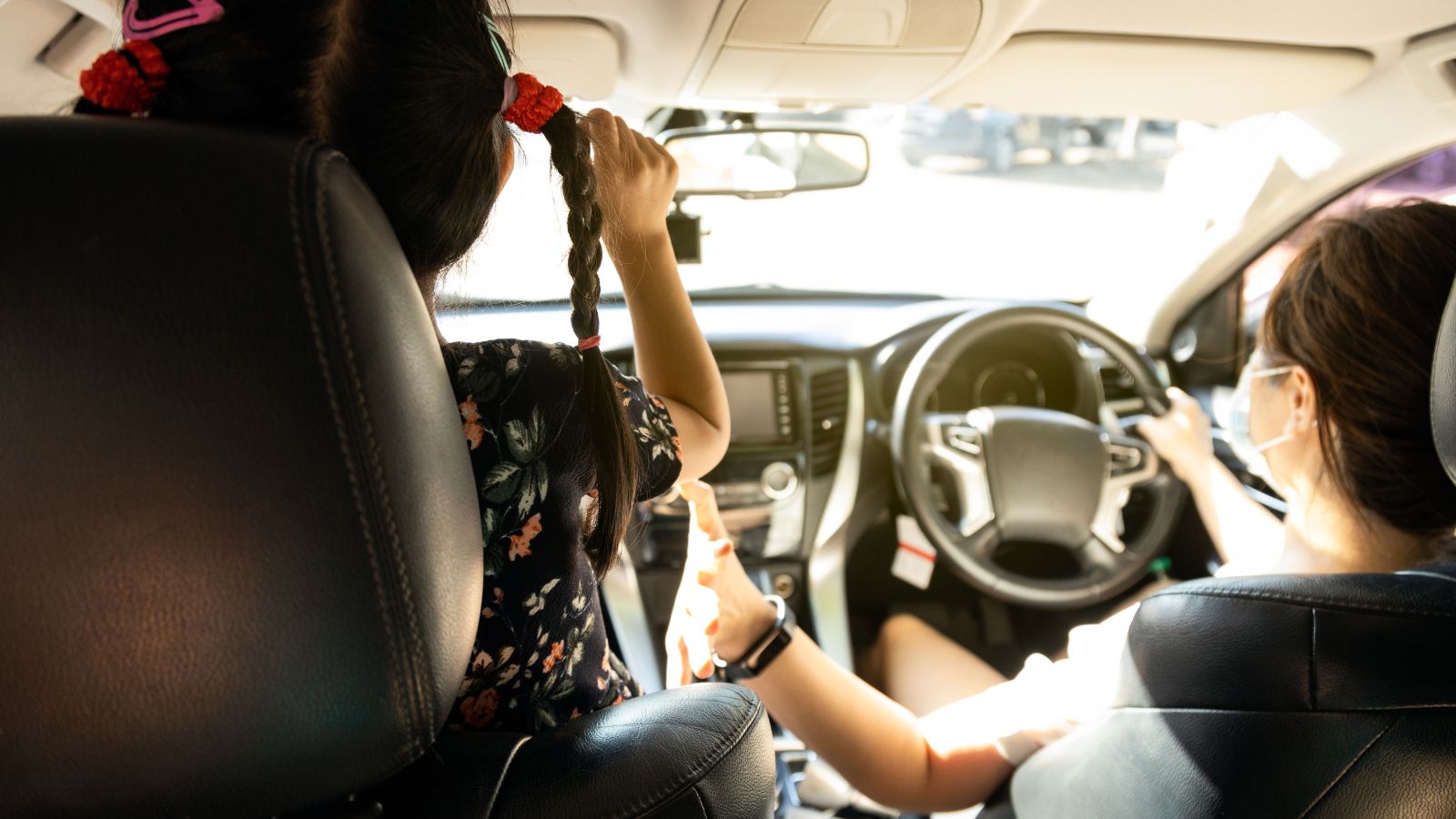
Nowadays, we know better, as strict laws require seatbelts for all passengers, but there was a time when seatbelts were either non-existent or considered optional. Families piled into cars with people squished together or lying across the backseat because road safety simply wasn’t the priority it is today.
Letting Children Ride Bikes Without Helmets

The sight of children racing through neighborhood streets or wobbling along pavements without helmets was entirely ordinary in the mid-20th century, and protective gear wasn’t widely available. Few people even considered the risks of head injuries, as biking helmetless was just seen as a fun, carefree activity.
Sending Kids to the Corner Shop Alone

Do you remember nipping to the shop on your own as a kid to get some milk for your parents or sweets for yourself? It was once perfectly normal for a seven-year-old to be handed a couple of coins and sent off to the corner shop, and the streets were seen as relatively safe; however, letting a child venture out alone now would likely invite judgment and concern.
Smoking During Pregnancy

Pregnant women lighting up a cigarette was an unremarkable sight back in the day, and surprisingly, a lot of doctors at the time didn’t discourage smoking during pregnancy, with some even reassuring women it wouldn’t harm the baby. The stark contrast with today’s approach to the risks of smoking couldn’t be more apparent.
Letting Babies Sleep on Their Fronts

For years, parents were advised to put their babies to sleep on their stomachs, believing it reduced the risk of choking if they spat up during the night, and this advice was widespread and rarely questioned.
We know in 2024 that this practice significantly increases the risk of Sudden Infant Death Syndrome (SIDS), and current guidelines recommend placing babies on their backs to sleep.
Ignoring Car Seats for Infants
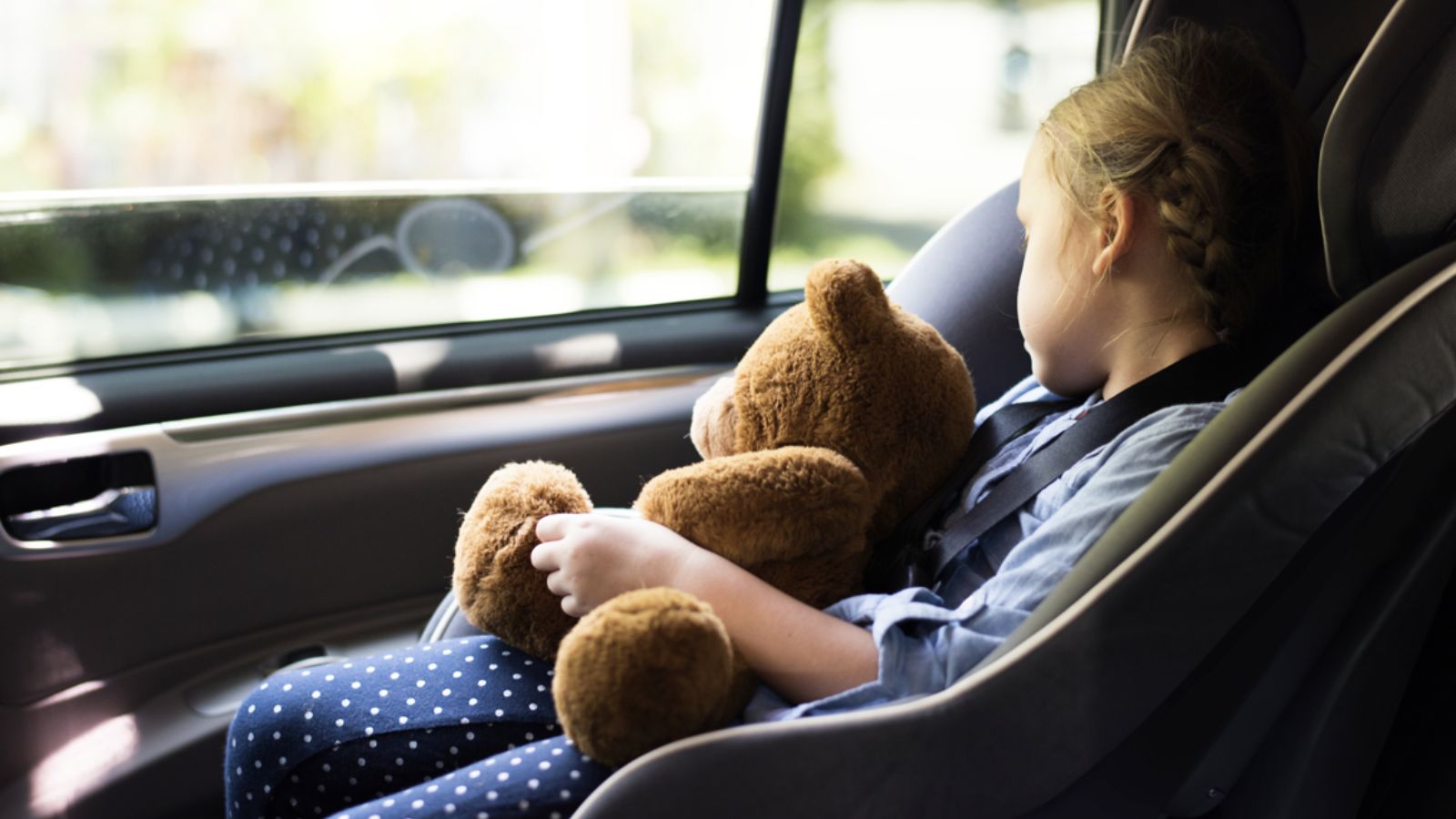
Strict safety standards and regulations ensure that car seats are a must-have for every parent, with designs rigorously tested to provide maximum protection for young passengers—can you imagine contemplating putting a child in the car without a car seat?
Well, that’s how it used to be because car seats in the 1950s and ’60s were either non-existent or barely functional by modern standards.
Allowing Youngsters to Wander the Neighbourhood
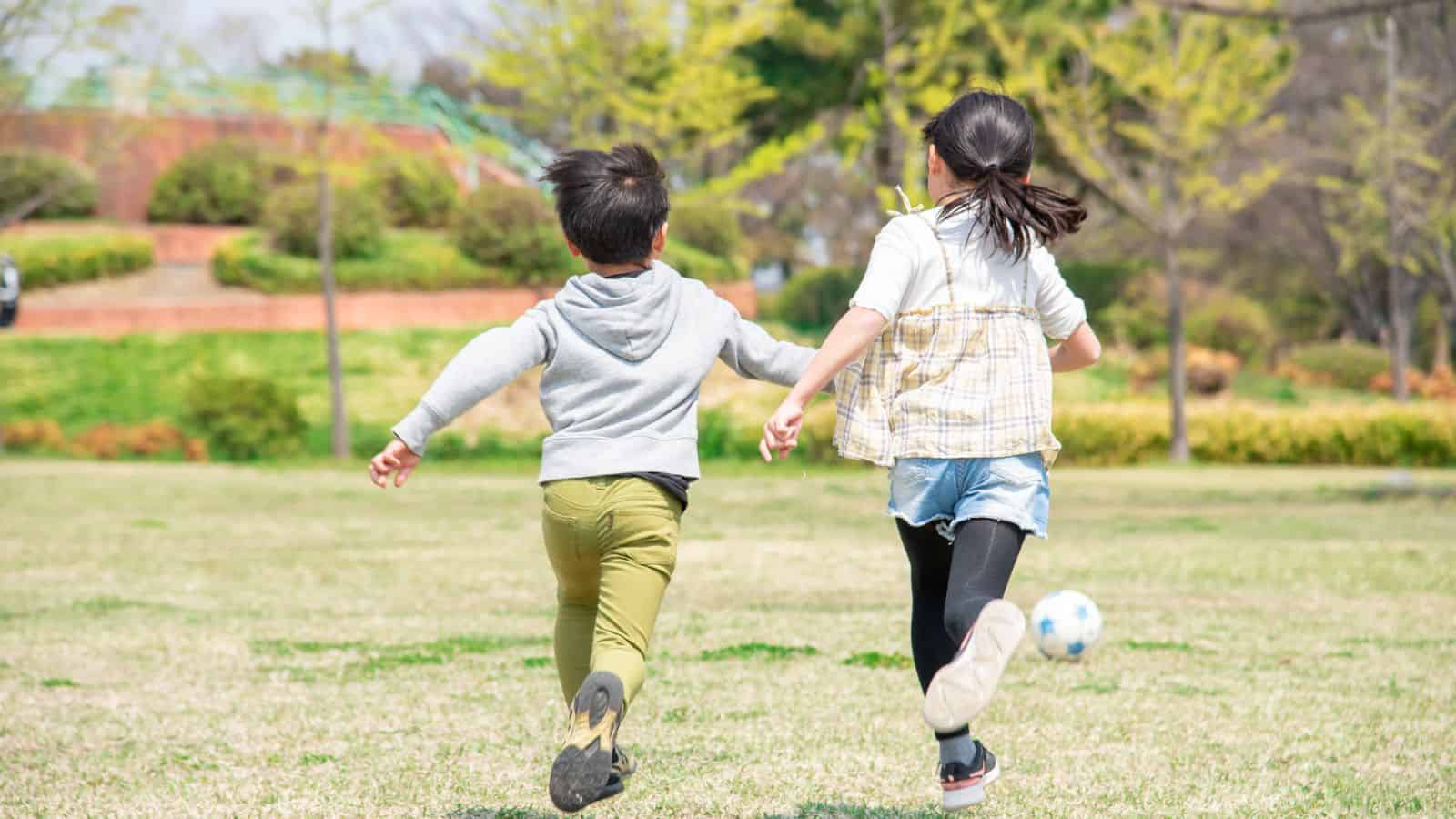
Children back then had an incredible amount of freedom. They’d leave the house in the morning, roam the local fields or streets all day, and only return home when it started getting dark, while mums and dads didn’t worry much about where they were. Now, we have to fear traffic accidents, abductions, or other dangers.
Treating Sunburn as Normal

For families in the 1950s and ’60s, a day at the seaside often meant coming home with glowing red skin, and sunburn was seen as a minor inconvenience and even a precursor to a “healthy” tan. Sunscreen wasn’t widely used, and protective clothing was rarely considered, in contrast to public health campaigns stressing the importance of sun safety.
Using “Cough Medicine” for Sleep

Turning to over-the-counter remedies and ‘cough medicine’ to settle fussy children was a normal thing, with parents often unaware of the potential side effects or risks of overuse.
Modern viewpoints, however, take a far stricter approach to medicating children, with experts warning against using any medicine for purposes other than what it’s intended for.
Expecting Older Kids to Look After Younger Siblings

Older siblings often shouldered a lot of responsibility, regularly tasked with babysitting younger brothers and sisters, even if they were just children themselves. It was seen as a way to teach responsibility and help parents manage large families, whereas now it’s down to professional babysitters or trusted adults.
No Safety Gear for Roller Skating
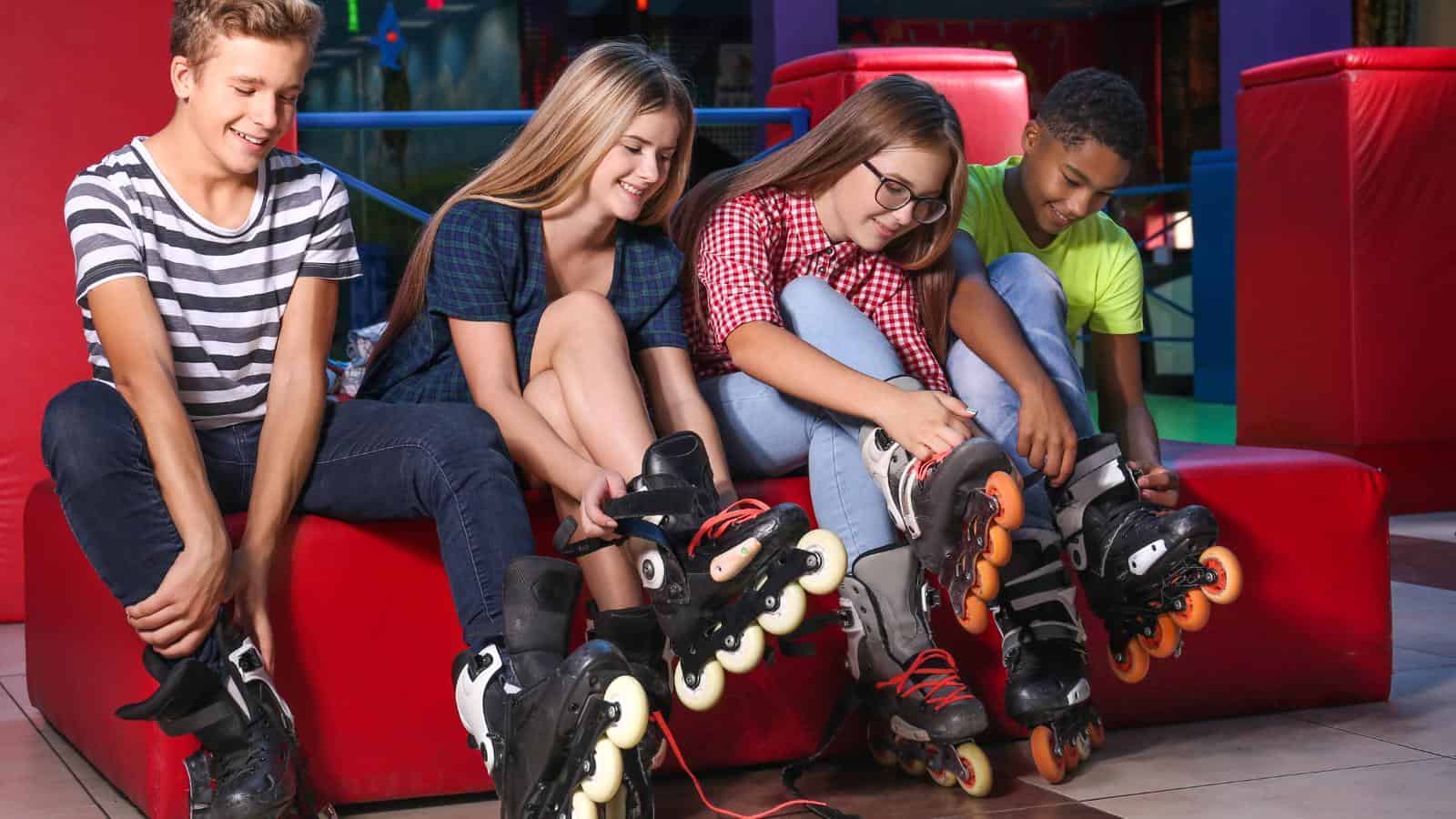
Just like cycling, roller skating during this time in history rarely involved helmets or protective gear, with kids zipping around parks and streets, taking spills and bumps in their stride. Now, helmets, knee pads, and wrist guards are considered essential for skating, reflecting a broader cultural shift towards prioritizing safety and preventing injuries.
Letting Everyone Play with Fireworks

A pinnacle of UK celebrations has always been Bonfire Night, and the 1950s and 1960s saw children handling sparklers and even small fireworks with minimal supervision, getting as close as they pleased. This is because firework safety wasn’t nearly as strict, and accidents, while not uncommon, didn’t spark the same level of alarm they would today.
Encouraging Children to Tough Out Illness

Fevers and colds were treated with minimal concern with a “tough it out” approach, and children were frequently sent to school or outdoor play regardless of their symptoms. Now, parents are much more cautious about recognizing and managing the illness, especially with the rise of awareness around infectious diseases and long-term health impacts.
Playing with Dangerous Toys
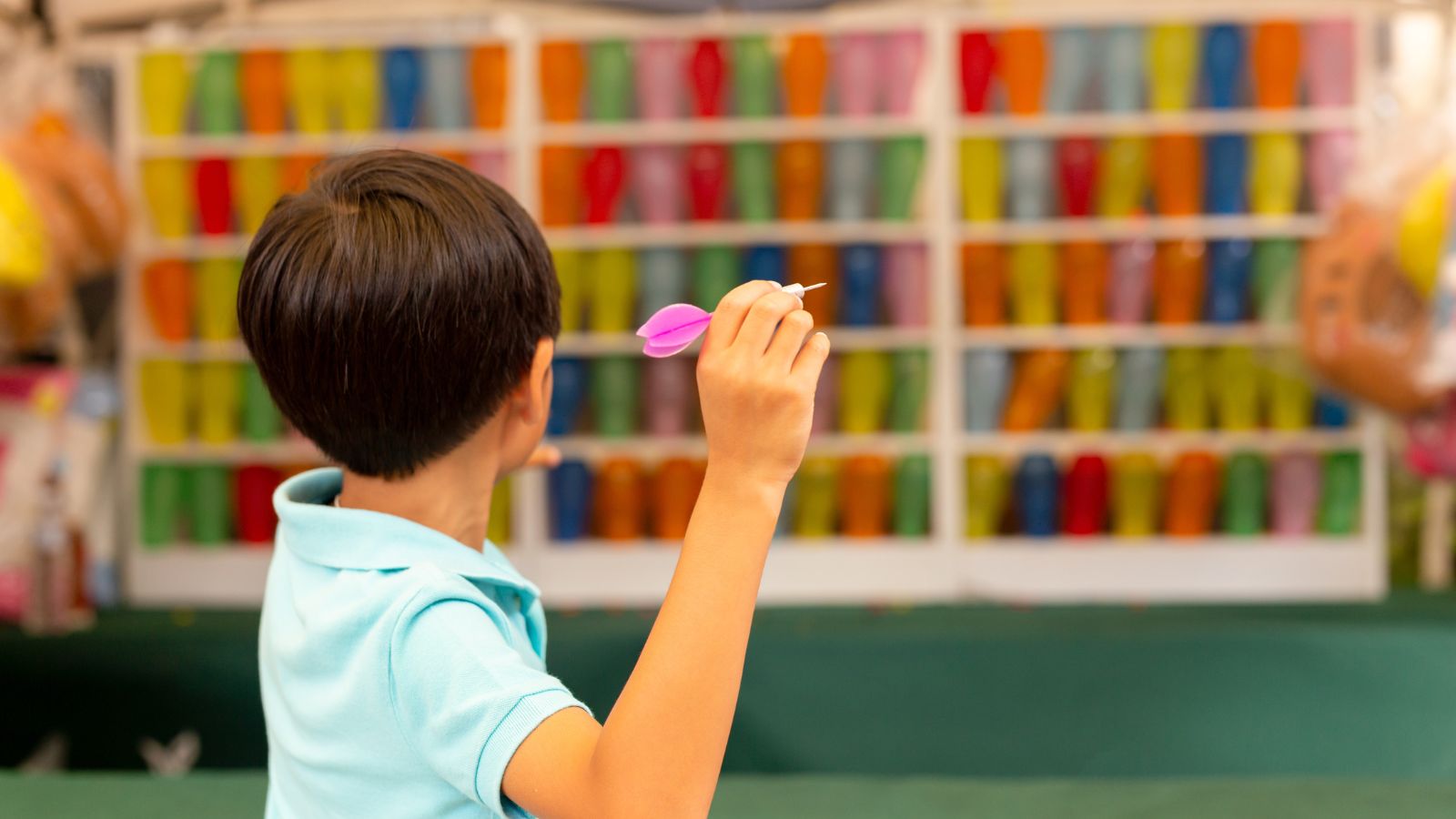
Mums and dads now expect toys to meet high safety standards, and anything deemed dangerous is swiftly removed from shelves. However, back then, toys were far less regulated than they are now, often made with sharp edges, small parts, or hazardous materials like lead paint, with items like BB guns, cap guns, and chemistry sets being the norm.
Skipping Seatbelts on School Buses

Many modern school buses come equipped with seatbelts or other safety measures to minimize risks, but this wasn’t always the case, with students bouncing around in their seats, often playing games or standing up during the ride without a thought for safety. There’s a much stronger focus on securing children during transportation nowadays.
